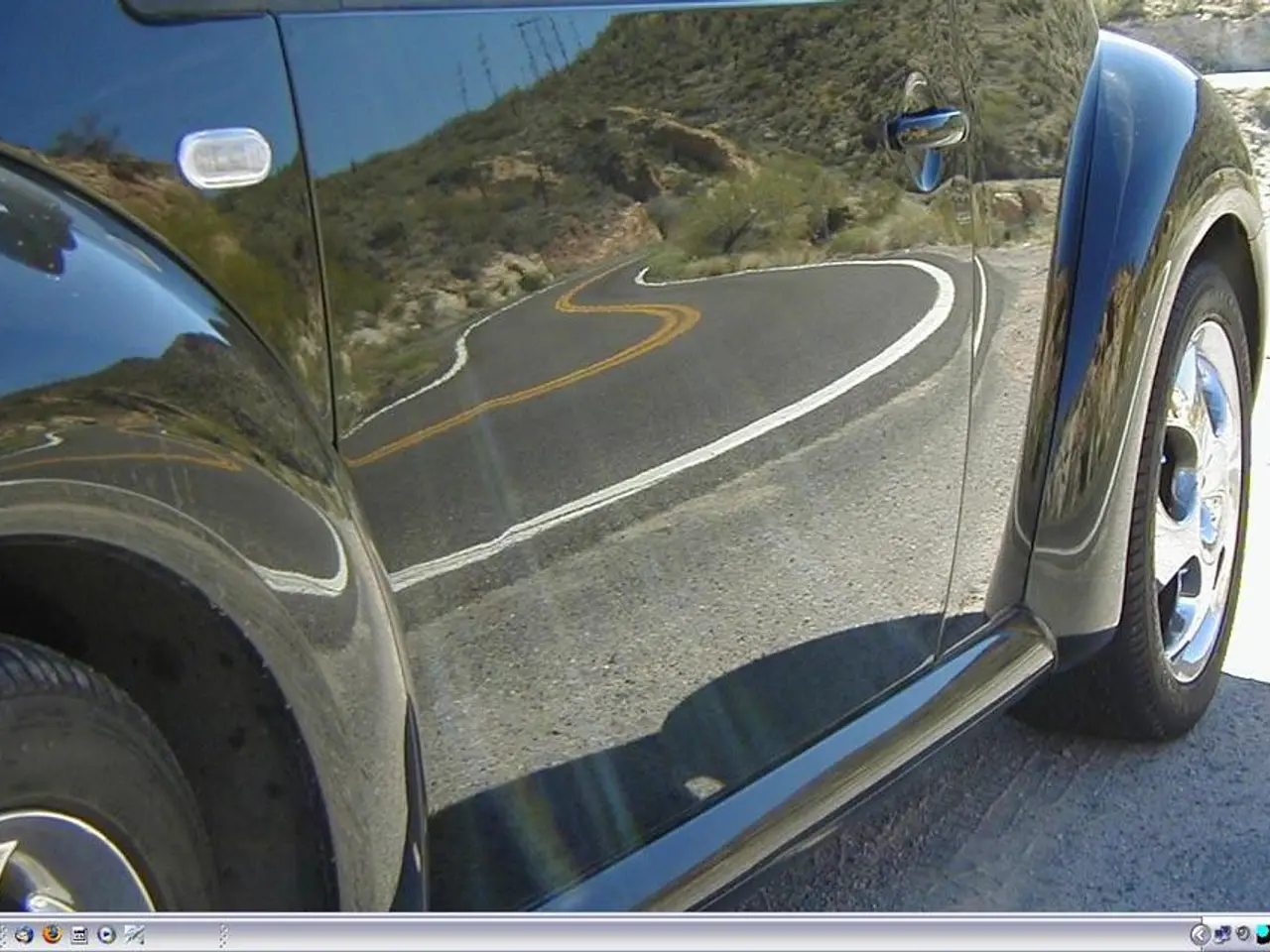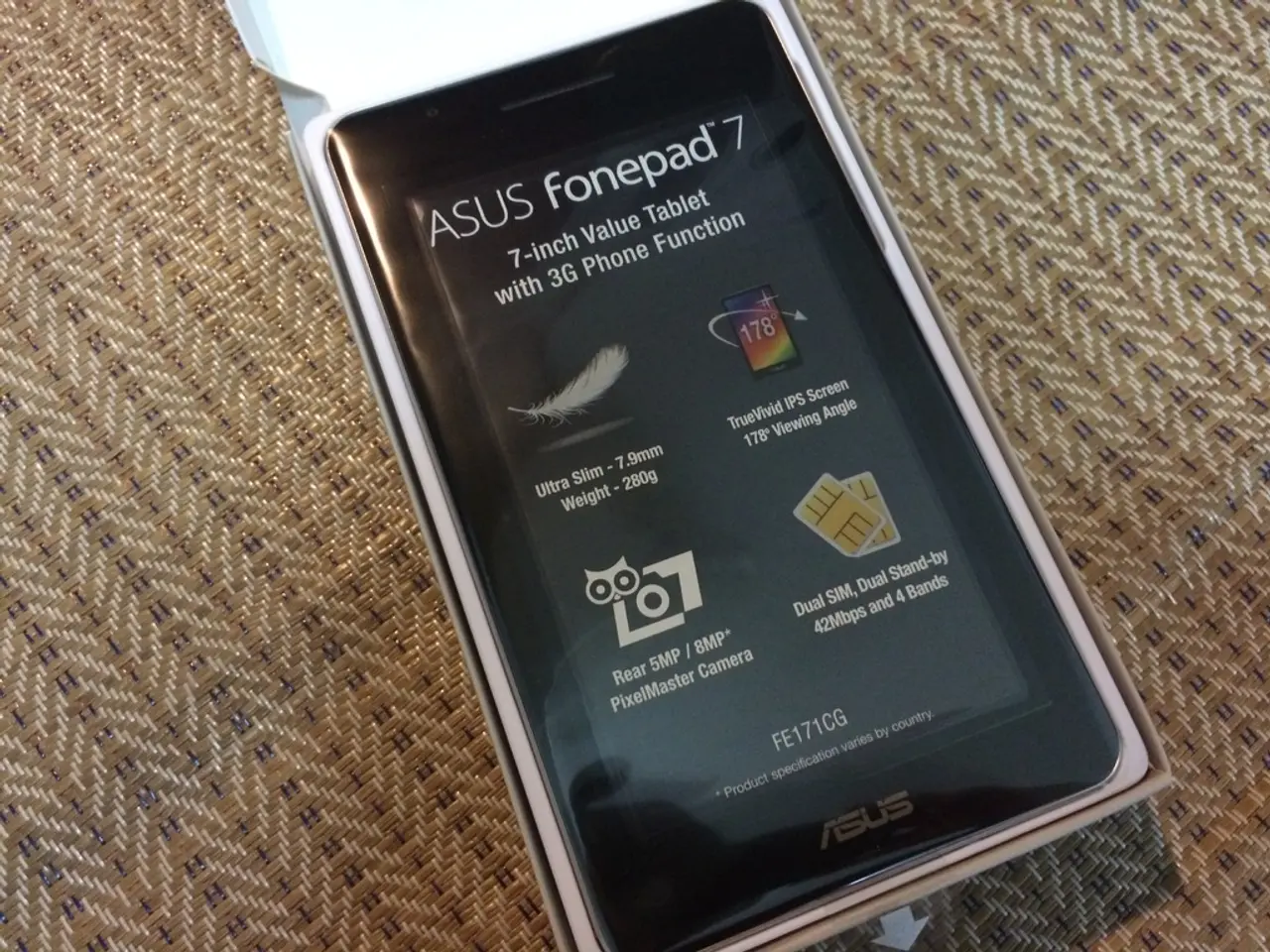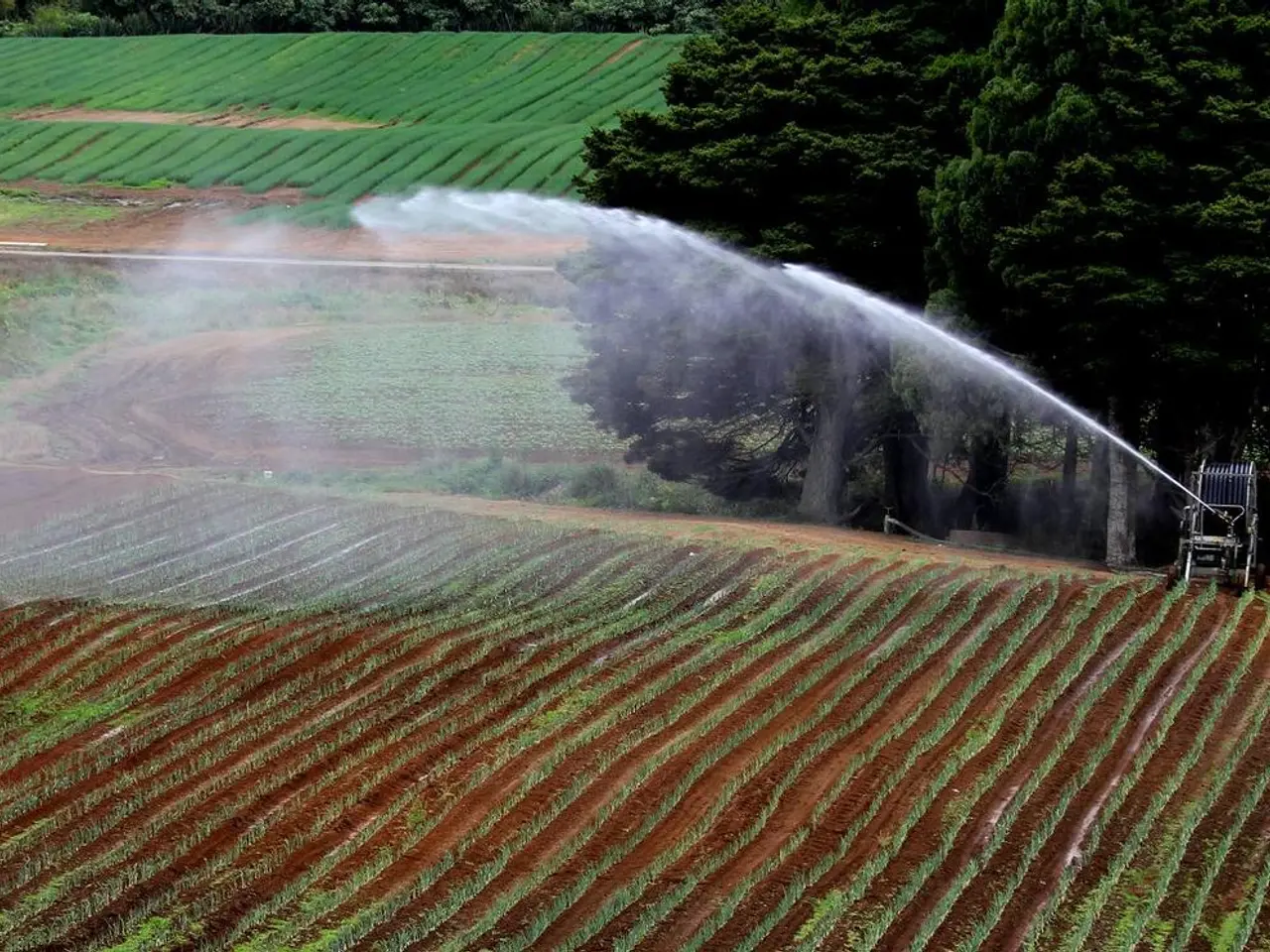Tesla commences the release of FSD 13.2.9 software update in China
**Tesla's Full Self-Driving (FSD) Software Returns to China**
Tesla's Full Self-Driving (FSD) software has resumed deployment in China, marking a significant step for the company in the world's largest automotive market. The new FSD version 13.2.9, specifically designed for the Model Y Refresh, was rolled out on February 25, 2025.
The latest FSD update includes a range of advanced features such as city navigation capabilities, smart summoning, traffic light and stop sign recognition, and supervised AI-driven steering. Tesla drivers in China have reported a smooth, human-like driving experience with the new software, with the system demonstrating caution on narrow roads and busy intersections, and appropriately adjusting speeds for different road types.
However, due to restrictions on cross-border data transfer in China, Tesla cannot train FSD using real-world driving data collected on Chinese roads. Instead, the company relies on publicly available road videos and driving simulators to train the FSD system for the local environment. This approach notably limits the software's understanding of Chinese-specific road signs and intersection rules, which could affect its adaptability and precision.
Despite these limitations, Tesla's FSD has managed to navigate the complexity of Chinese driving environments, which include heavy congestion, poor road lighting, and unique traffic patterns. This is significant given that Tesla adheres to a vision-only AI model, unlike Chinese competitors who often use multi-sensor systems for enhanced reliability and safety in such conditions.
Tesla CEO Elon Musk confirmed that FSD was trained to drive on Chinese roads using publicly available videos on the internet. The company has also partnered with Chinese tech giant Baidu to improve FSD navigation in China.
The resumption of FSD deployment in China could indicate Tesla's progress with local authorities and its commitment to the market. It follows a previous rocky launch earlier this year due to pending regulatory approval. Tesla currently offers FSD only on newer vehicles with Hardware 4 (HW4) in China, but plans to expand to older Hardware 3 (HW3) vehicles in the future.
The FSD 13.2.9 update for China includes a localized version of the interface, as indicated by subtle UI changes specific to Chinese regulations. The update also includes a toggle for enabling/disabling pass-through USB charging when the car is off (provided the battery allows for it).
This situation underscores how China's data sovereignty policies influence Tesla's approach and highlights the technical challenge Tesla overcame to make FSD viable in a strict regulatory and complex driving environment.
In the context of Tesla's FSD resumption in China, the advancements in the automotive industry, particularly with Tesla vehicles, have the potential to significantly impact the transportation sector. Tesla's strategy to train FSD using publicly available road videos and driving simulators, rather than relying on real-world data from China, also demonstrates its engagement with local technology and finance, as Tesla partners with Chinese tech giant Baidu. This partnership could potentially influence the way finance and technology intersect within China's autonomous driving landscape.




